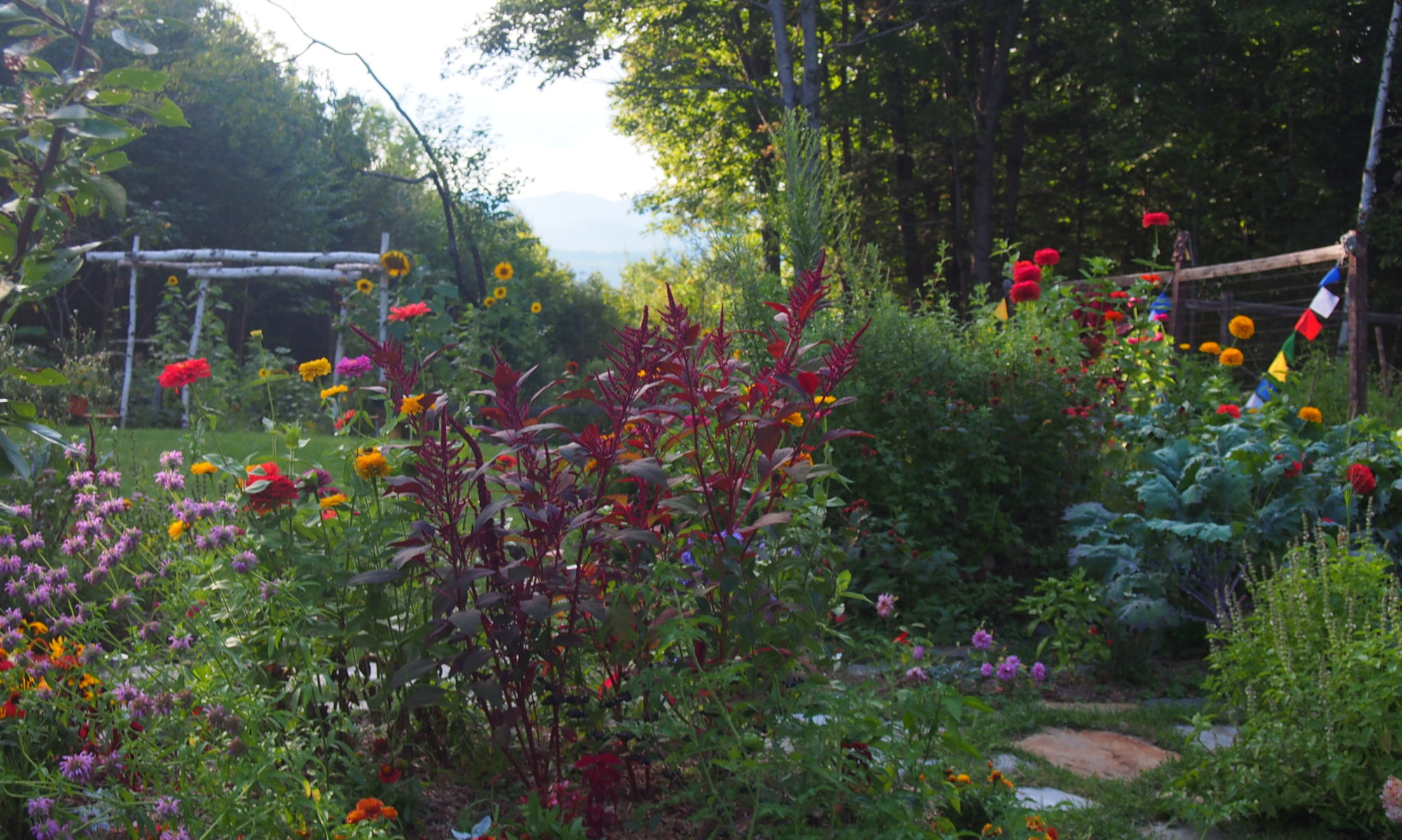Planting season is underway here at Smoky Mountain Center. Each month we have a plethora of seeds to plant. Some seeds can be started right in the garden- outside in the elements. However, to extend the season and protect delicate seeds, many should be started indoors in a controlled environment.
First things first, we had to bring our greenhouse back from the dead.
To start seeds in a greenhouse, you need to plant in potting soil…
Unfortunately, potting soil is expensive and not exactly what you would call sustainable. Potting soil that you buy at the store is generally some combination of peat moss, perlite and vermiculite, all of which need to be mined, processed, packaged, and shipped long distances to get to your garden. Peat moss, for instance, is found in wetland bogs in Canada or Michigan. Peat bogs are rare ecosystems that are home to many endangered species of wildlife and native plants, many of which live only in peat bogs. Additionally, mass mining of peat bogs for horticultural purposes contributes to greenhouse gas emissions. Similar stories exist for both Perlite and Vermiculite extraction.
and Vermiculite extraction.
With all this in mind already, I wasn’t exactly thrilled with the idea of paying $8 for just one 16 quart bag of potting soil (up to $20 a bag for organic). We need A LOT of potting soil and this would break the bank pretty quickly. Luckily, it so happens that there is another way. It is not only possible, but pretty dang easy to make your own potting soil with just a few ingredients you have lying around your yards. Below is a quick guide to making your own potting soil, for those of you who, like me, would prefer not to unnecessarily spend big bucks on the store bought stuff.
How to make your own potting soil:
Ingredients/materials:
Finished compost/aged manure
Plan old soil
Sand (if available)
Glass baking pans
Tin Foil
Meat or candy thermometer
1. Gather materials. In my work area, I put out a bucket of compost, a bucket of aged manure (ours was left on the property from previous owners, but you can easily find manure on from farmers in your area, on craigslist, even at a local zoo), a bucket of soil, and a bucket of sand. You do not need all of these things if you don’t have them. Soil and some garden compost should work just fine if that is what you have.
2. Preheat oven to 200 degrees
3. Fill each baking pan with a combination of ingredients. I went about ½ soil, ¼ compost, ¼ manure, and a handful or two of sand.
4. Sprinkle a couple of drops of water on the soil to make it slightly moist (but not wet)
5. Cover each pan tightly with foil, stick a meat/candy thermometer in one of the pans and place all of the pans you can fit in preheated oven.
6. After 20 min or so begin checking on the soil. Once the temperature of the thermometer reads 150 degrees turn the oven off but leave the soil in for about 30 min more. If the temperature of the soil goes above 180 degrees at any point, remove from the oven. What you are doing in this process is sterilizing the soil to kill off any bacteria, etc. that could hurt your tiny plants. If the soil gets too hot, however, it could kill off good things too. You will know if it got too hot because it will smell very strongly. In general, it should fill your kitchen with an earthy smell, but nothing too potent.
7. Let cool and place in bucket/bin/holding container.
8. Get Planting
Next Blog: Planting Outside!







